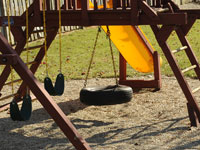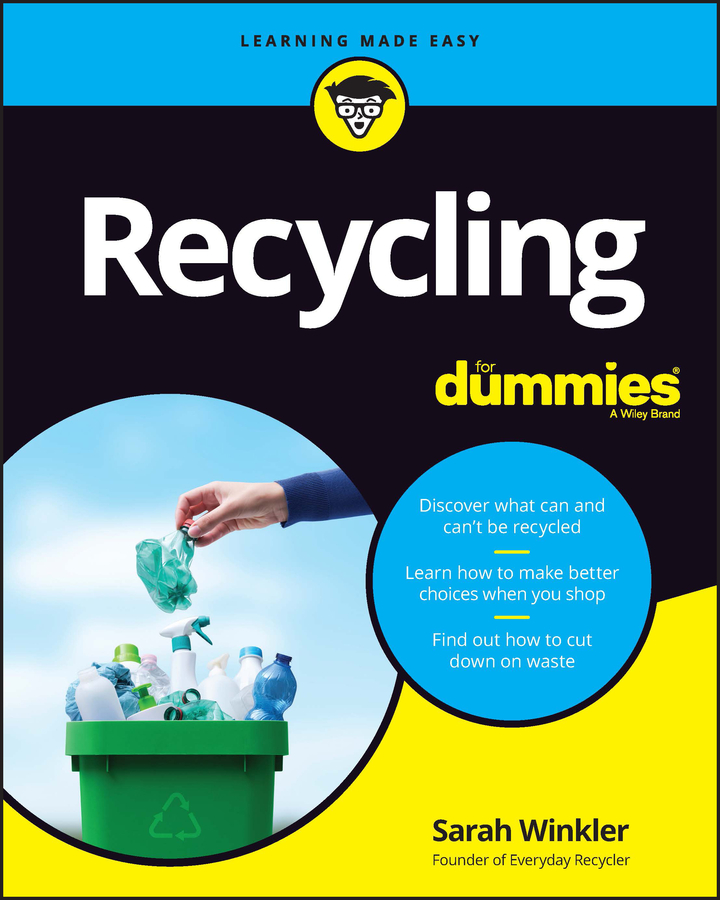Car tires pose a big problem for the environment. Tires don’t break down, burning them releases toxic gases, and they can release toxins and chemicals into the dirt on which they’re stored. Almost every state has introduced legislation that deals with scrap tires, with many states banning them from landfills completely. The good news is that rubber tires can be reused in many different ways:
Recycled as retreaded tires and used again on vehicles.
Made into rubber bumpers for boats and children’s play equipment.
 Old tires get a new life in a playground.
Old tires get a new life in a playground.Converted for computer mouse mats, pencil cases, and notebook covers.
Broken down into rubber granules and used in surfacing playgrounds and artificial sports grounds.
Repurposed as carpet mats and tiles. Several carpeting companies use recycled tires as a major component of their eco-carpets.
Broken down into a fine powder and put into road surfacing materials to reduce the noise of road surfaces.
Turned into roof tiles and structural supports in eco-buildings.
To reduce your tire waste, take care of the tires you have: Purchase good quality tires with long tread life; check tire pressures so that you’re not driving on over- or underinflated tires; rotate the tires every 6,000 miles; and ensure that tires are balanced when rotated.
When it’s time to replace your tires, either take your vehicle to a vehicle service shop that recycles them (they may charge a small fee for the recycling part of the service) or, if you replace the tires yourself, check with your local government or recycling service providers to find out where you can drop them off for recycling near you. In some areas, tire stores accept them for a small fee; in others, you may need to take them to tire recyclers or to specific recycling drop-off locations.

